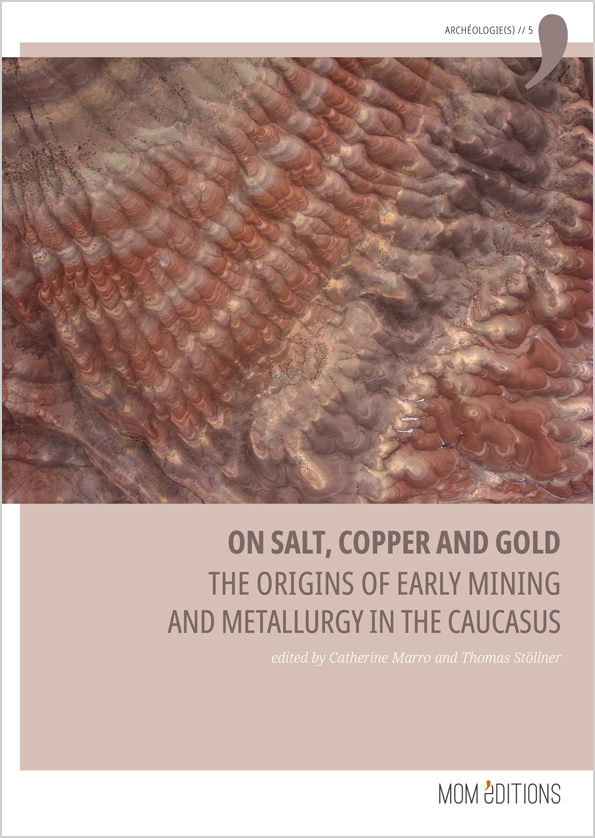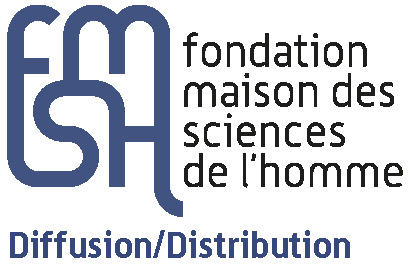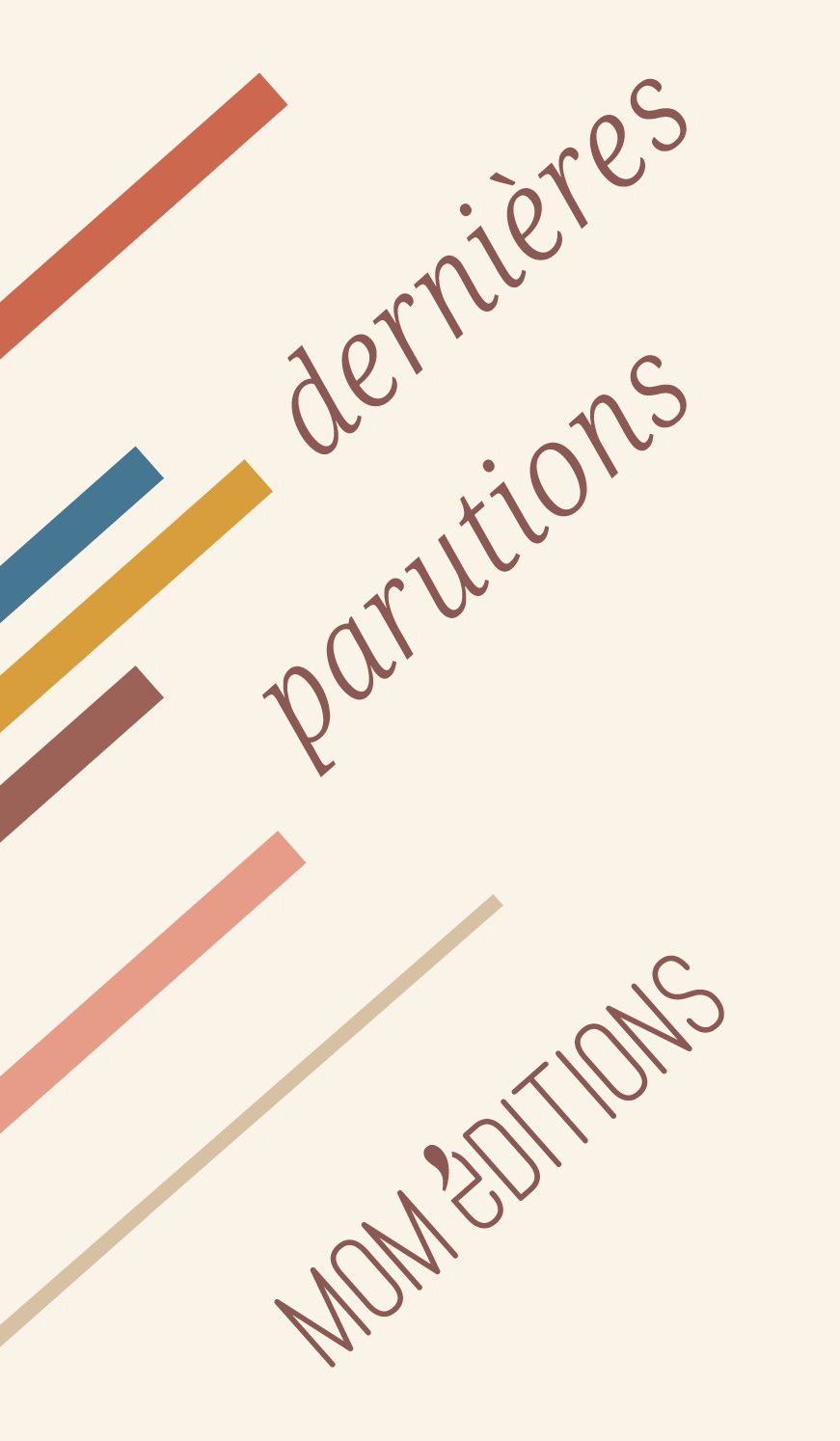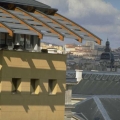
Un colloque international axé sur les origines de l’extraction minière et de la métallurgie dans le Caucase s’est déroulé à Tbilisi du 16 au 19 juin 2016, sous les auspices du Musée national de Géorgie. Ce colloque, financé par l’Agence nationale de la recherche (France) et la Deutsche Forschungsgemeinschaft (Allemagne), avait pour objectif d’aborder les relations entre la naissance des mines et de la métallurgie, et l’évolution des sociétés protohistoriques en Asie du Sud-Ouest.
Le Caucase est connu en archéologie orientale pour sa richesse en matières premières, en particulier pour ses ressources métallifères ; pendant des décennies, les chercheurs ont présupposé l’existence d’un lien de causalité particulier entre l’émergence de sociétés complexes hiérarchisées au Proche et Moyen-Orient et le développement de la métallurgie extractive. Pourtant, la métallurgie n’est que la partie émergée d’une histoire marquée par des changements spectaculaires tout au long du Ve millénaire avant notre ère. L’extraction minière, par exemple, qui ne se réduit d’ailleurs pas à l’exploitation des minerais métallifères, a certainement eu aussi un impact sur les dynamiques sociales, les structures de peuplement, l’organisation des réseaux économiques et les processus d’intégration régionale, en Orient comme dans le Caucase.
Partant de ces questions fondamentales, cet ouvrage explore le contexte socioéconomique, technologique et environnemental dans lequel se sont développées la métallurgie et l’extraction minière à la fin du Chalcolithique dans le Caucase. Ainsi, dans quelle mesure les premières exploitations minières sont-elles liées à des stratégies de subsistance spécifiques, tel le pastoralisme ? Les ressources exploitées étaient-elles destinées à la seule consommation locale ? Ou bien étaient-elles aussi distribuées à travers le Proche-Orient, l’Anatolie, l’Iran ou la Mésopotamie ? Tels sont les thèmes abordés dans ce volume, qui contient 21 articles rédigés par quelques-uns des plus éminents spécialistes de l’archéologie du Caucase.
An international conference focused on the beginnings of mining and metallurgy in the Caucasus was organised in Tbilisi in June 16th-19th 2016 under the auspices of the National Museum of Georgia. This conference, which was funded by the Agence nationale de la recherche (France) and the Deutsche Forschungsgemeinschaft (Germany), aimed at discussing the intricate relationships between the emergence of mining and metallurgy, and the shaping of late prehistoric societies in south-western Asia.
The Caucasus is renowned in Near Eastern archaeology for its wealth in natural resources, in particular in metal ores: for decades, scholars have surmised a specific causal relationships between the rise of complex, hierarchical societies in the Near‑East and the development of extractive metallurgy. Metallurgy, however, is only the most visible part of the story that accounts for the dramatic changes perceptible in south‑western Asia in the course of the 5th millennium BCE. Early mining, which is not restricted to metal-ore mining, certainly also had an impact in terms of economic networks, social dynamics, settlement patterns and regional integration, not only across the Caucasus, but also in the ancient Near and Middle East.
Drawing on these fundamental questions, this book explores the socio-economic, technological and environmental background that favoured the rise of systematic mining and extractive metallurgy in the Caucasus at the end of the Chalcolithic. How far was early mining linked to the spread of specific subsistence strategies such as pastoral herding? Were mined resources mainly intended for local consumption or distributed throughout the Near East, towards Anatolia, Iran or Mesopotamia? Here are some of the issues that are discussed in the present volume, which contains 21 articles written by some of the most eminent specialists in Caucasian archaeology.
Introduction
Catherine Marro, Thomas Stöllner
On salt, copper and gold. The story behind shepherds, metallurgists and miners in the first mining enterprises of the Caucasus
Early mining in the Caucasus and beyond
Anthony Harding
Prehistoric rock‑salt production
Thierry Gonon, Nicolas Gailhard, Baki Varol, Veli Bakhshaliyev, Catherine Marro
Early salt‑mining systems and strategies at Duzdağı, Nakhchivan
Caroline Hamon, Nicolas Gailhard, Gilles Fronteau
Salt‑exploitation techniques during the Early Bronze Age in the Caucasus. Technology and use-wear of the macro-lithic tools from Duzdağı and Kültepe I (Nakhchivan)
Catherine Marro
The functions of Kura‑Araxes ceramic containers in Caucasian early mining
Thomas Stöllner, Irina Gambashidze, Nicole Boenke, Werner H. Schoch, with contributions from Antoine Courcier and Tobias Skowronek
The Paravani calculation. The early gold‑mining complex in Sakdrisi and its societal impact
Ketevan Tamazashvili
The prehistoric mining implements from Georgia
Nino Otchvani, Felix Klein, Sebastian Senczek, Irina Gambashidze, Thomas Stöllner
Kura-Araxes ceramics and the prehistoric gold mine of Sakdrisi
Early metallurgy in the Caucasus and beyond
Nicolas Gailhard, Michael Bode, Veli Bakhshaliyev, Catherine Marro
The invisible movements of metallurgy: the interactions between nomads and metal. Some evidence from Nakhchivan (Azerbaijan) during the Chalcolithic and the Early Bronze Age
Moritz Jansen, Andreas Hauptmann, Sabine Klein, Irina Gambashidze, Bakhtiyar Jalilov
Geochemistry of gold from the prehistoric mine of Sakdrisi and Transcaucasian gold artefacts between the 4th and 2nd millennia BC
Barbara Helwing
Patterns of early metallurgy on the Iranian Plateau, from the beginnings to the end of the Bronze Age
Nima Nezafati, Ernst Pernicka, Barbara Helwing, Dirk Kirchner
Reassessment of the prehistoric metallurgy at Arisman, Central Iran
Early mining and metallurgy within their broader economic context
Rémi Berthon, Julia Giblin, Marie Balasse, Denis Fiorillo, Éric Bellefroid
The role of herding strategies in the exploitation of natural resources by early mining communities in the Caucasus
Giulio Palumbi, Irena Kalantaryan, Adrian Bălăşescu, Olivier Barge, Jwana Chahoud, Roman Hovsepyan, Khachatur Meliksetian, Pavel Avetisyan, Christine Chataigner
Early pastoralism and natural resource management: recent research at Godedzor
Estelle Herrscher, Modwene Poulmarc’h, Liana Bitadze, Nikoloz Vanishvili, Guy André
Is there homogeneity in Georgian Kura-Araxes human dietary practices?
Catherine Longford, Antonio Sagona
The Kura-Araxes economy: mobile pastoralism or sedentary agriculture? Perspectives from Sos Höyük
Veli Bakhshaliyev
Archaeological investigations at Nakhchivan Tepe
Judith Thomalsky
Obsidian tool production in the South Caucasus of the 5th and 4th millennium BCE. Technology, typology and sociocultural implications
The exploitation of natural resources in the Caucasus in Late Prehistory
Laurence Astruc, Antoine Courcier, Bernard Gratuze, Denis Guilbeau, Moritz Jansen, Sonia Ostaptchouk, Bertille Lyonnet, Farhad Guliyev
The use of natural resources at Mentesh Tepe during the Late Chalcolithic period and the Early Bronze Age
Ruben Badalyan
The exploitation of mineral resources in Armenia in the Early Bronze Age. Obsidian, metal, bitumen, and salt
Thomas Stöllner
From generalists to specialists? Transcaucasian communities and their approach to resources during the 5th and the 3rd millennium BCE

 La
La 
















